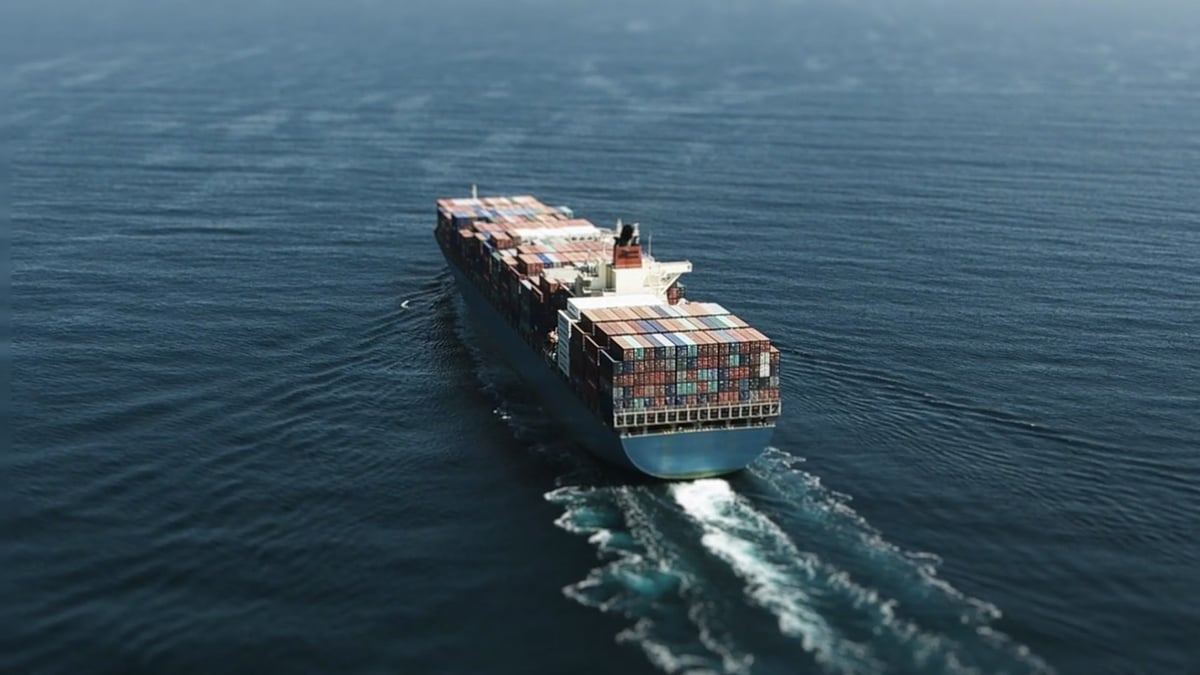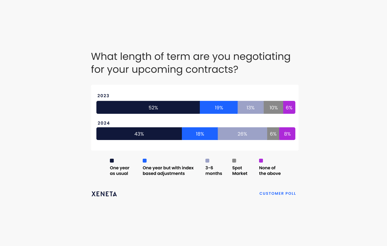It became official on 19 April; the O3 became the Ocean Alliance. CMA CGM, CSCL, OOCL, and Evergreen make up these ocean shipping alliances. This is an alliance worth noting; with CMA CGM;s last-years takeover of NOL and APL, the Ocean Alliance now controls 23.5 % of the world’s box space. But, what does this really mean?
At the same time, it is important to note that they’re not the largest alliance; the 2M, (Maersk and MSC) control 27.7%, which means these two alliances control 51.2% of the world’s TEU’s. The Ocean Alliance is an attempt by the stronger carriers to market themselves as financially-capable of offering the global services necessary able to compete against the 2M – with the added bonus of marginalizing the remaining carriers.Left to fend for itself after leaving the O3, UASC immediately put in a merger call for Hapag-Lloyd, with UASC making that announcement on 21 April.
Related: How Beneficial Are Ocean Freight Industry Mergers?
But that leads to an important question: in view of the calamitous drop in ocean freight rates the past 18 months, do alliances and service agreements bring in more business, or does today’s horrific supply-demand equation make alliances immaterial?
The answer leans to ’immaterial’ as the Law of Unintended Consequences seems to have been written for the box carriers. After Maersk launched their Triple E class ships in July 2013 (quickly surpassed in TEU capacity by both MSC and UASC ) the economy-of-scale these ULCC’s brought was quickly undermined by a massive shipbuilding boom that copied Maersk’s business model – with the unfortunate result of 37 VLCC in service today, with 72 more due to join the fleet by 2020.
As China’s economy contracted in 2014-2015, launching more of the innovative Triple E class only added to a supply-demand mismatch of global growth rates; global economic forecasts expect growth of 2.1% and 2.9% (2016, 2017) compared to TEU increases of 8.4% and 4.8% (2016-2017).
The result is too many boxes pursuing too little freight and the carriers are caught in a perfect storm of unprofitability that is rocking every factor of shipping today. As a result, many of the carriers are looking for a niche to keep them afloat until freight rates improve.
An impending consequence of the Xeneta-documented drop in ocean freights is the potential bankruptcies of Hyundai (HMM) and Hanjin Shipping; their probable merger would undermine both the G6 and the CKYHE, thereby forcing NYK (G6), Yang Ming (CKYHE), and MOL (G6) to fight for market share to remain relevant, if not profitable. However the UASC-Hapag purchase makes sense as it combines UASC’s megaships with Hapag’s worldwide organization and first-class management.
But shippers have enough carrier options that today there is a growing school of thought that says shipping alliances are now immaterial; that ocean freight is such a commodity product that the actual carrier is immaterial. With 109 VLCC’s available at any given moment to carry boxes between Qingdao -Algeciras/Rotterdam, Shanghai - USWC, or Hong Kong-Savannah/Baltimore, does a shipper need to care if the name painted on the container does not match the carrier who owns that particular vessel? No, it really does not. Or is it, in the end, up to the shipper to perhaps take a more central role and begin leveraging the different quality of services per carrier/ shipping alliances?
Read on: INFOGRAPHIC How Does The Ocean Alliance Compare to Other Alliances?
%201.png)






